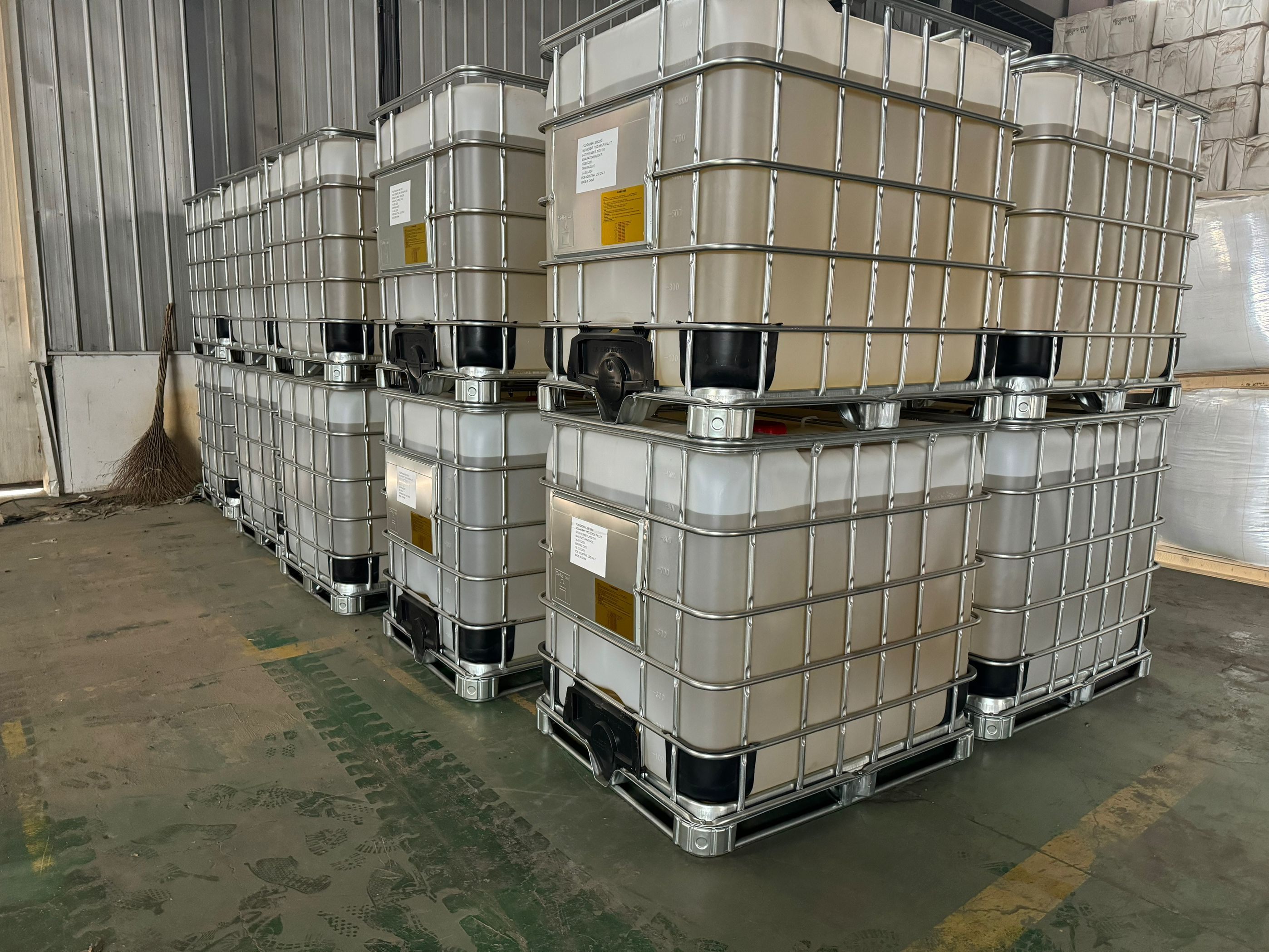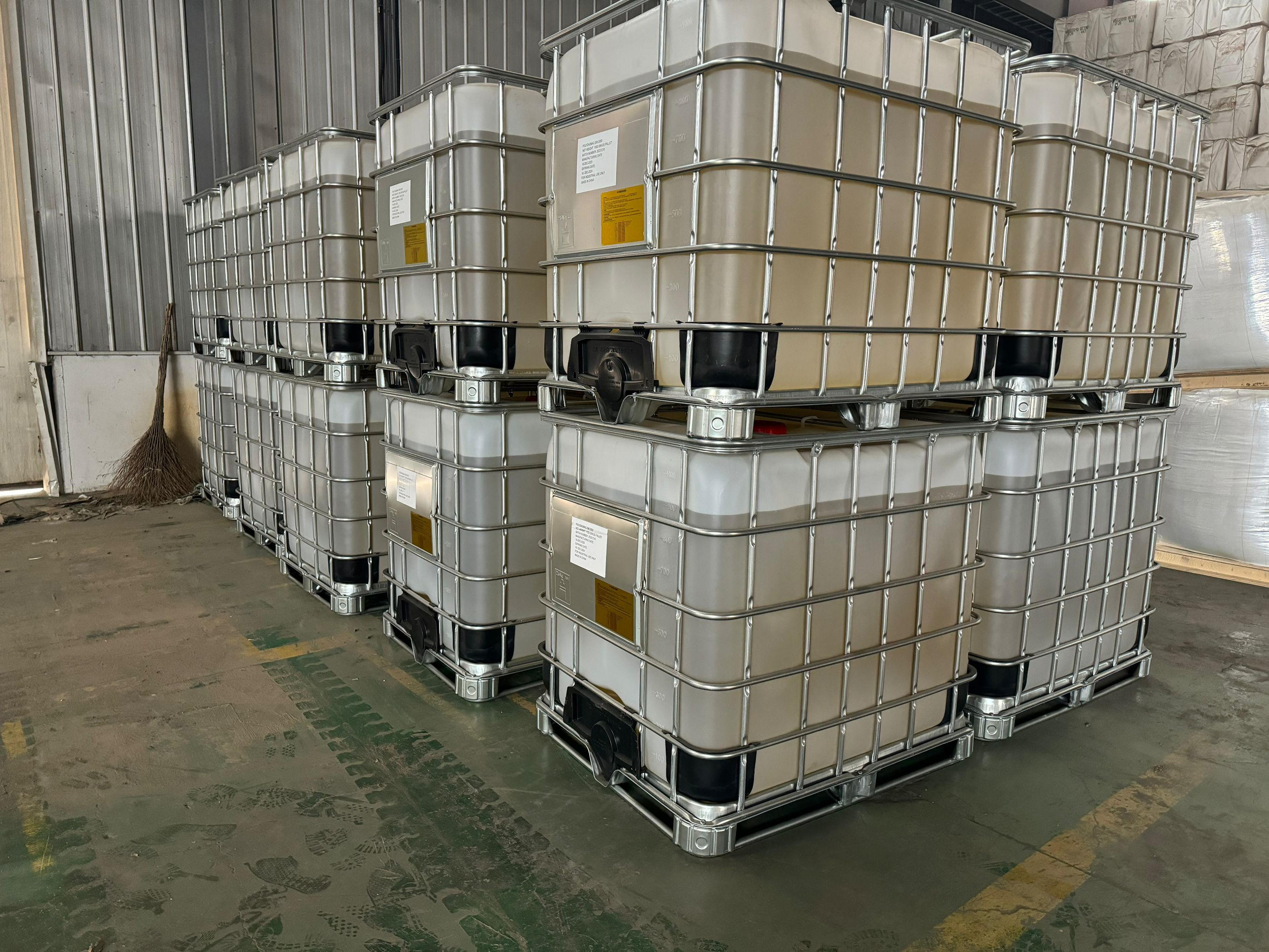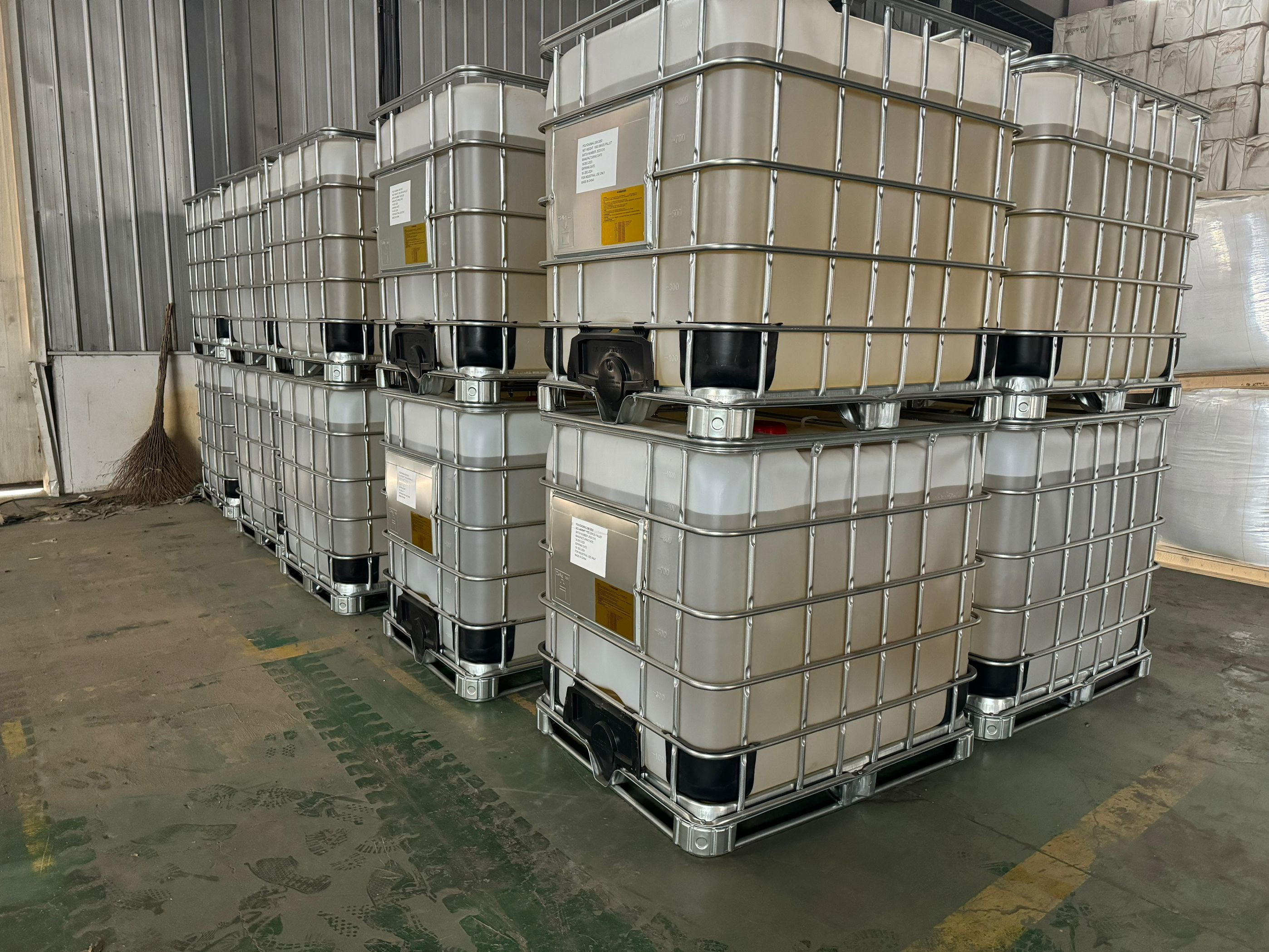polyamine(C-572 C-4007)Eequivalent model can be replaced by Chinafloc--POLYAMINE
Material
- polyamine
Color
- milky liquid
Application
- water treatment ,mineral processing
Certificate
- ISO9001 ,ISO14001
Place of Origin
- China
Other Names
- superfloc c-572
Brand Name
- asiafloc
Usage
- water treatment ,mineral processing ,textile ,oil and gas
Polyamine is a widely used cationic organic polymer employed in water treatment, industrial processes, and environmental management. It is usually synthesized by the polycondensation of epichlorohydrin and dimethylamine, or by other amine-based reactions that yield a strong cationic charge. Because of its structure, polyamine is highly soluble in water and has the ability to neutralize negatively charged particles, colloids, and organic matter.
The main application of polyamine lies in coagulation, flocculation, and clarification processes, where it serves as a powerful coagulant and charge neutralizer. However, its versatility allows it to be used across a range of industries, including municipal water treatment, industrial wastewater treatment, papermaking, oilfield operations, mining, and textiles. Below is a detailed exploration of polyamine applications.
1. Polyamine in Municipal Water Treatment
One of the most important applications of polyamine is in drinking water treatment and municipal sewage treatment. Most raw waters, whether from rivers, lakes, or reservoirs, contain suspended solids, turbidity, natural organic matter, and microorganisms. These contaminants typically carry a negative surface charge, which keeps them stable in suspension.
When polyamine is added, its strong positive charge density neutralizes the negative charges on suspended particles. This destabilization allows particles to collide and form larger aggregates, or flocs, which can then be removed by sedimentation and filtration.
Drinking water plants use polyamine to reduce turbidity, color, and algae from surface waters.
Sewage treatment plants apply polyamine to enhance clarification in primary and secondary settling tanks, improving the overall effluent quality.
Because polyamine is less sensitive to pH changes than some inorganic coagulants (such as alum or ferric salts), it provides stable performance over a wide range of conditions.
This makes polyamine a reliable and efficient chemical for municipal water operations.
2. Polyamine in Industrial Wastewater Treatment
Polyamine plays a critical role in industrial wastewater treatment. Effluents from food processing, textiles, petrochemicals, tanneries, and pulp and paper production often contain high levels of suspended solids, dyes, oils, and organic pollutants. Many of these substances are colloidal and negatively charged.
Polyamine, when introduced into such effluents, works in two primary ways:
Charge neutralization – neutralizes the repulsion between suspended particles.
Coagulation – enables particles to come together, forming larger flocs that can be settled, floated, or filtered out.
In dissolved air flotation (DAF) units commonly used in industry, polyamine enhances the flotation of fats, oils, and greases, producing cleaner effluents and reducing the pollutant load. Its use minimizes chemical oxygen demand (COD) and biochemical oxygen demand (BOD) in wastewater, helping companies meet stringent discharge regulations.
3. Polyamine in Papermaking
Another significant application of polyamine is in the papermaking industry. Paper mills generate large volumes of process water containing fibers, fillers, and various organic and inorganic additives. Efficient water recycling within paper mills requires strong clarification processes.
Polyamine serves several functions in papermaking:
Retention aid – improves the retention of fine fibers, fillers, and pigments in the paper sheet, reducing raw material loss.
Drainage aid – enhances water drainage on the paper machine wire section, increasing machine speed and productivity.
Pitch and stickies control – neutralizes and agglomerates tacky organic materials such as resins, latex, or adhesives that can deposit on papermaking equipment.
Wastewater treatment – clarifies whitewater and effluent streams, improving water reuse and discharge quality.
By fulfilling these roles, polyamine helps paper mills lower costs, maintain product quality, and meet environmental requirements.
4. Polyamine in Oilfield and Petrochemical Operations
Polyamine is also used in oilfield water treatment, particularly for oil–water separation and produced water clarification. In oil production, large volumes of produced water are generated, often containing oil droplets, suspended solids, and organic matter.
When polyamine is added:
It destabilizes emulsified oil droplets and promotes coalescence.
It enhances separation efficiency in API separators, dissolved gas flotation (DGF), and induced gas flotation (IGF) systems.
It ensures that treated water can either be discharged or reinjected safely into the reservoir.
In petrochemical effluents, polyamine helps remove residual oils, emulsions, and organic contaminants, improving effluent quality and compliance with environmental regulations.
5. Polyamine in Mining and Mineral Processing
Mining and mineral processing operations involve slurry systems with fine particles that are difficult to settle. Polyamine is applied as a coagulant and flocculant aid to accelerate solid–liquid separation.
Applications include:
Thickening of tailings slurries.
Clarification of process water for reuse.
Improvement of solid recovery from beneficiation processes.
By using polyamine, mining operations achieve higher throughput, clearer recycled water, and more stable tailings ponds.
6. Polyamine in Textile and Dye Wastewater
Textile wastewater is characterized by high color content due to dyes, as well as suspended solids and surfactants. Many dyes are negatively charged and difficult to remove using only inorganic coagulants.
Polyamine is highly effective for:
Decolorization – neutralizing dye molecules and enabling them to form larger particles that can be removed.
COD reduction – lowering organic pollutant levels before discharge.
Improved sludge dewatering – producing compact sludge with better water release.
As environmental standards for color discharge become stricter, polyamine has become a key chemical in textile effluent treatment plants.
7. Polyamine in Combination with Other Coagulants
Another application of polyamine is in coagulant blends. Often, polyamine is used in combination with polyDADMAC, aluminum salts, or iron salts. In such cases:
Polyamine provides strong charge neutralization.
Inorganic salts provide sweep flocculation.
The synergy results in better floc strength, reduced chemical usage, and more stable treatment.
This blended use is common in both municipal and industrial plants seeking optimized performance.
8. Environmental and Economic Benefits
The application of polyamine provides several benefits beyond immediate water treatment results:
Reduced chemical consumption compared with inorganic coagulants.
Lower sludge production, which minimizes disposal costs.
Faster settling rates, leading to higher throughput and smaller equipment footprint.
Improved effluent quality, allowing for water reuse and compliance with discharge permits.
These factors make polyamine not only an effective but also a sustainable choice for water and wastewater treatment.
Conclusion
In conclusion, the application of polyamine is broad and essential across many sectors. Its primary role is as a cationic coagulant and flocculant in water treatment, where it neutralizes negatively charged contaminants and promotes efficient solid–liquid separation. In municipal water treatment, polyamine clarifies drinking water and sewage. In industrial wastewater treatment, it removes turbidity, oils, and organics. In papermaking, it enhances retention, drainage, and pitch control. In oilfield operations, it ensures effective oil–water separation. In mining and textiles, polyamine improves water reuse, tailings stability, and color removal.





